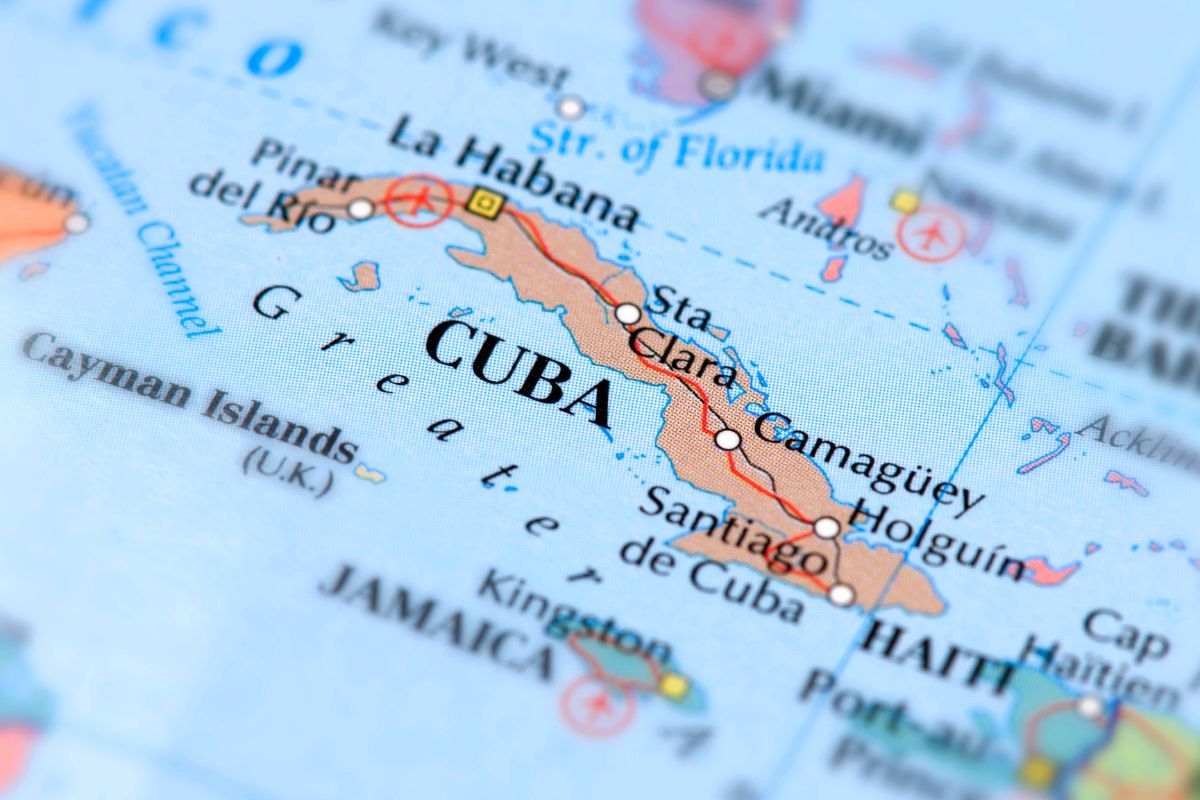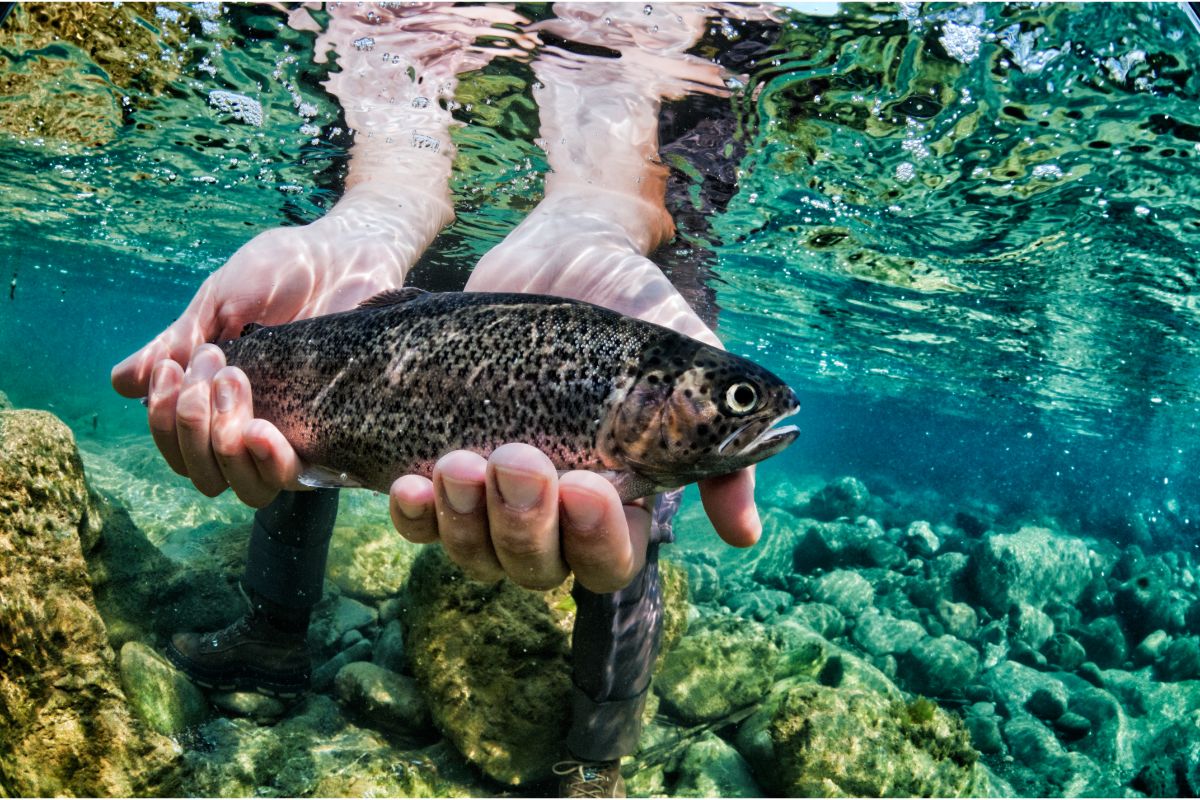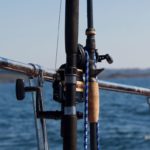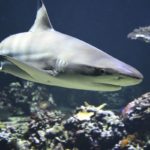Fishing is one of the most relaxing and enjoyable pastimes out there, and there are few feelings as rewarding as landing an extra-large catch after a day on the water.

Cuba is home to all sorts of fish species, and offers some of the best fishing out there!
If you’re interested in visiting Cuba and want to know a bit more about the fishing there, then this guide has got you covered.
Here, we’ll take you through all there is to know about fishing in Cuba, from what fish you can find to the best fishing spots in this beautiful country.
So what are you waiting for? Let’s get started!
How Good Is The Fishing In Cuba?
Cuba is an angler’s paradise, with plenty of great species for both amateur and experienced anglers alike to try and reel in.
Not only that, but the gorgeous surroundings and great atmosphere make it one of the best places for anyone to try their hand at fishing.
The wide range of saltwater fish along the coast and freshwater species in the mainland offer plenty of variety, and there are many great and scenic spots for anglers to visit when trying to land a catch.
Because of its location in the middle of the Caribbean and not far from the Bahamas, you can find many large and tropical fish species that are just as good for sports fishing as they are for catching your dinner.
And if that isn’t enough to convince you, its position along migratory paths means that there’s no shortage of fish to catch all year round!
What Fish Can You Catch In Cuba?
Cuba’s waters are home to many species of fish, both inland and along the coast. The exact species of fish and where you can fish for them are regulated by the Cuban government, but there are still plenty of species that you’re free to catch!
Here are some of the varieties of fish that you can find in Cuba.
Freshwater Fish
The various rivers and lakes across Cuba contain a wide range of fish species.
Trout are some of the most common types of freshwater fish in Cuba, and can be found pretty much all across the country. They are most commonly found starting in November and throughout the winter months.

Various species of carp can also be found in the lakes and rivers of Cuba, such as the common carp, the black carp. and the silver carp. All three of these species were introduced into Cuban waters.
Some freshwater fish species that are native to Cuba include the river goby, the sheepshead minnow, and the clingfish; several varieties of snook are also native to Cuba, like the fat snook, swordspine snook, and the tarpon.
There are also many freshwater species that are endemic to Cuba, meaning that they can’t be found anywhere else in the world! These include the Joturo and the Cuban topminnow, along with the Cuban killifish and the Cuban gar.
You can also find a range of eel species that are native or endemic to Cuba; however, these species are protected by the Cuban government and can only be caught by state anglers.
Saltwater Fish
While there are a wide assortment of freshwater species in Cuba, there are just as many (if not more) saltwater species that can be found along the country’s coastal areas.
Permit fish are the most popular sport fish caught off the coast of Cuba, and are the most prized fish of the Cuban Grand Slam. The other two fish of the Grand Slam, the tarpon and the bonefish, are also commonly found in the waters surrounding Cuba.
Saltwater fish around Cuba are typically larger than the freshwater kind, and you can find all sorts of large fish both in shallow coastal areas as well as in deeper waters.
These include barracuda, the flat needlefish, and even blue marlin.
You can even find several species of sharks in the deeper waters off the Cuban coastline – these include thresher sharks, nurse sharks, Caribbean reef sharks, and great hammerheads!
Cuba is also home to an assortment of colorful tropical fish. Porkfish, doctorfish, orange filefish, and striated frogfish (among others).
The warmer waters of the Caribbean sea to the south of Cuba make it the perfect location for anglers to find these bright and colorful species.
Where Are The Best Fishing Spots In Cuba?
So now that we’ve covered just a few of the fish you can find in and around Cuba, let’s take a look at the best places to land a great catch!
Cayo Cruz
Located just off the northern side of Cuba, Cayo Cruz is a small island that is one of the country’s best locations for catching bonefish, tarpon, and permit.
The large sand flats all across the island are home to all sorts of fish species, making it the ideal place to cast out your line.
If you’re interested in completing the Grand Slam, then this is the location for you! The high presence of these fish makes it easy to land all three in one day.
The Nicholas Channel
The Nicholas Channel (also known as the Cuba-Bahamas Channel) is a large strait of deep water on the north-eastern coast that separates Cuba from the Bahamas.
It’s home to many large saltwater fish species like red drum, red snappers, barracuda, sailfish, and marlins.
Because the Nicholas Channel is located along many fish species’ migratory routes, you’ll be able to find great catches here pretty much all year round!
Redonda Lake
Laguna La Redonda, or Redonda Lake, is one of the best freshwater enclosures for fishing in Cuba. This 4-sq-km lake is home to many freshwater fish species, and you’ll find some of the largest specimens in the country beneath the scenic waters.
Redonda lake holds plenty of large trout and bass, with some weighing in at well over 15 lbs. You’ll also see larger fish such as channel catfish and sunfish, along with smaller species like bluegill and rainbow trout.
Cuban Fishing Laws And Regulations
As we’ve mentioned a couple of times already, fishing in Cuba is regulated by the government.
If you want to fish when you’re visiting Cuba, you’ll need a permit or license in order to do so legally; as a result, it’s recommended to apply for a fishing permit well in advance.
There are also many species that are illegal to catch if you’re a private angler, as these can only be caught by the state.
These include eels, lobster, crab, sponges, and shrimp, among several other species. This is because they are exclusively intended for state fishing.
Some areas are restricted to anglers, meaning that it is illegal to fish in these waters.
The Gardens of the Queen is a national marine park that stretches for 140 km along the south-eastern coast of Cuba, and these waters are protected by the Cuban government to prevent anglers from fishing there.
You’ll receive more information about what fish you can and can’t catch in Cuba, as well as where it is legal to fish, when you receive your fishing permit.
Overall, though, fishing regulations in Cuba are fairly lax and you shouldn’t have any issues as long as you follow the basic regulations that are laid out.
Final Thoughts
Fishing is a great pastime, and the beautiful waters in and around Cuba offer a unique experience for anglers with a diverse range of species available to catch.
If you’re an angler and you’re interested in visiting Cuba, you should definitely apply for a permit so you can experience the joys of Cuban fishing for yourself!
- What Is The Largest Island In Cuba? - September 19, 2022
- Havana – Why Is It Cuba’s Most Exciting City? - September 19, 2022
- Cheapest Time To Visit Cuba (Ultimate Guide) - September 19, 2022








